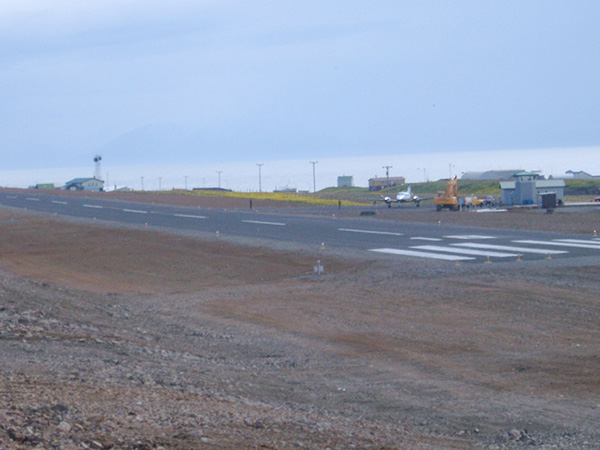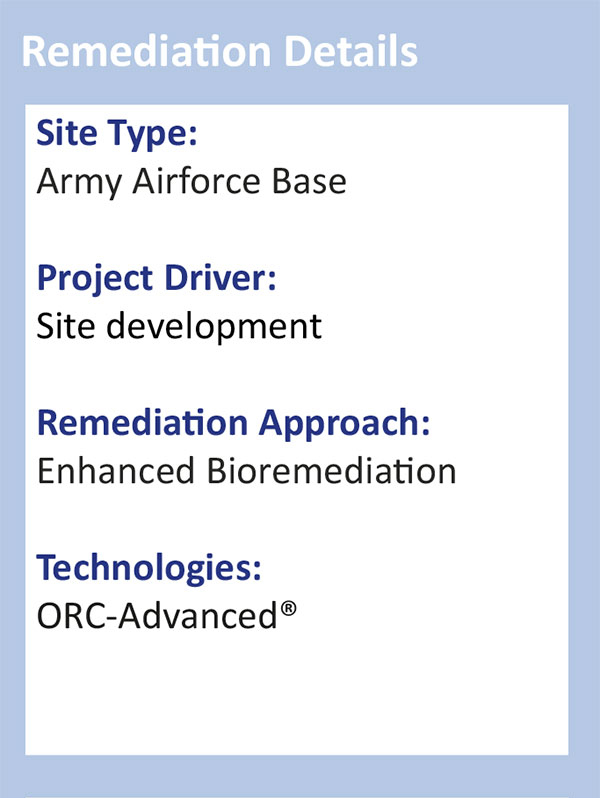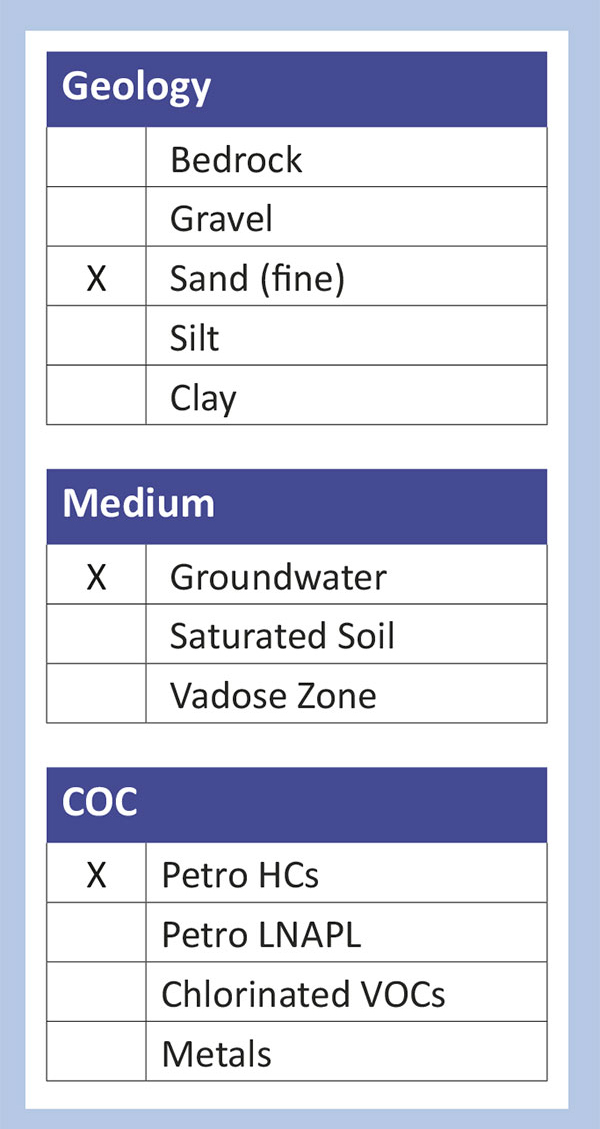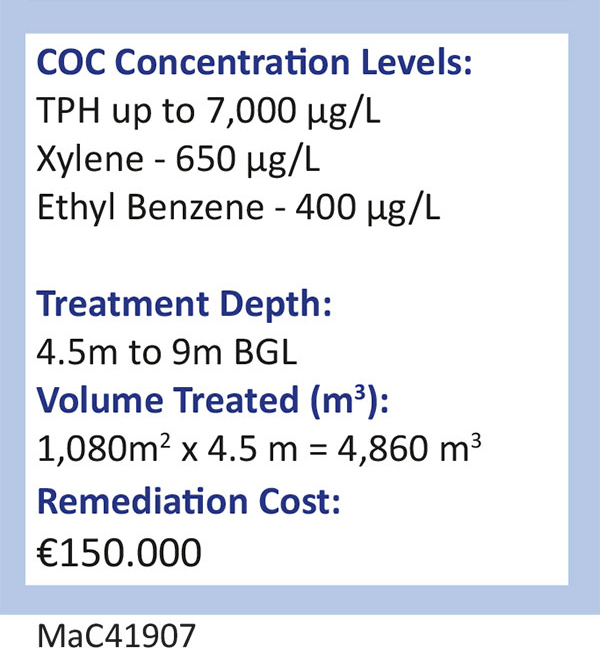Cost savings and minimised disturbance via enhanced aerobic bioremediation
Summary
Significant hydrocarbon groundwater contamination was discovered during the redevelopment of a former petrol fuelling station inside an military airforce base in Northern Italy. The contamination resulted from leaking underground storage tanks (UST) and consisted of TPH, Xylene and Ethyl Benzene at concentrations up to 7,000 μg/L, 650 μg/L and 400 μg/L respectively.
Furthermore, as the airfield was active, a remedial option was required that would not disrupt military activities.
Treatment
Enhanced aerobic bioremediation was deemed to be the most appropriate remedial option, due to the fact it causes the least amount of disturbance in both application and operation.
ORC-Advanced® was applied via Direct-Push injection over two phases. The first phase took place in December and consisted of 40 injection points. The second phase was carried out 6 months later and consisted of 30 injection points.
ORC Advanced Vs Commodity Chemical
Pilot tests and initial remedial designs were carried out using a basic commodity oxygenate. Despite savings being realised in product costs initially, the commodity oxygenate did not have the advanced features of ORC-Advanced. And in order for the commodity chemical to reach remedial targets, the fieldwork required would have involved three applications and twice as many injection points, which would have resulted in much higher project cost and more disturbance to activities on site.





 Americas
Americas Europe
Europe Français
Français Deutsch
Deutsch Italiano
Italiano Español
Español



